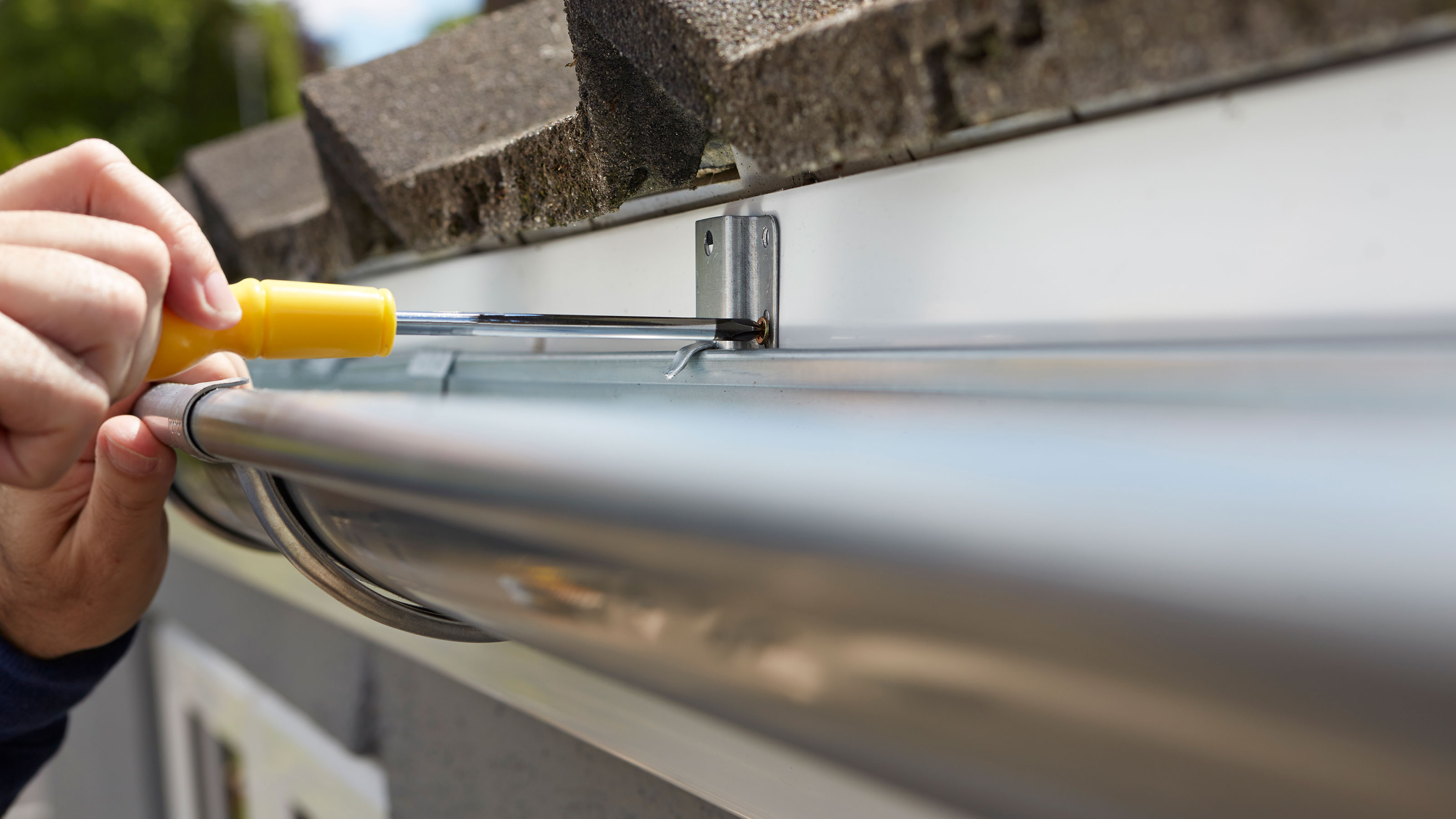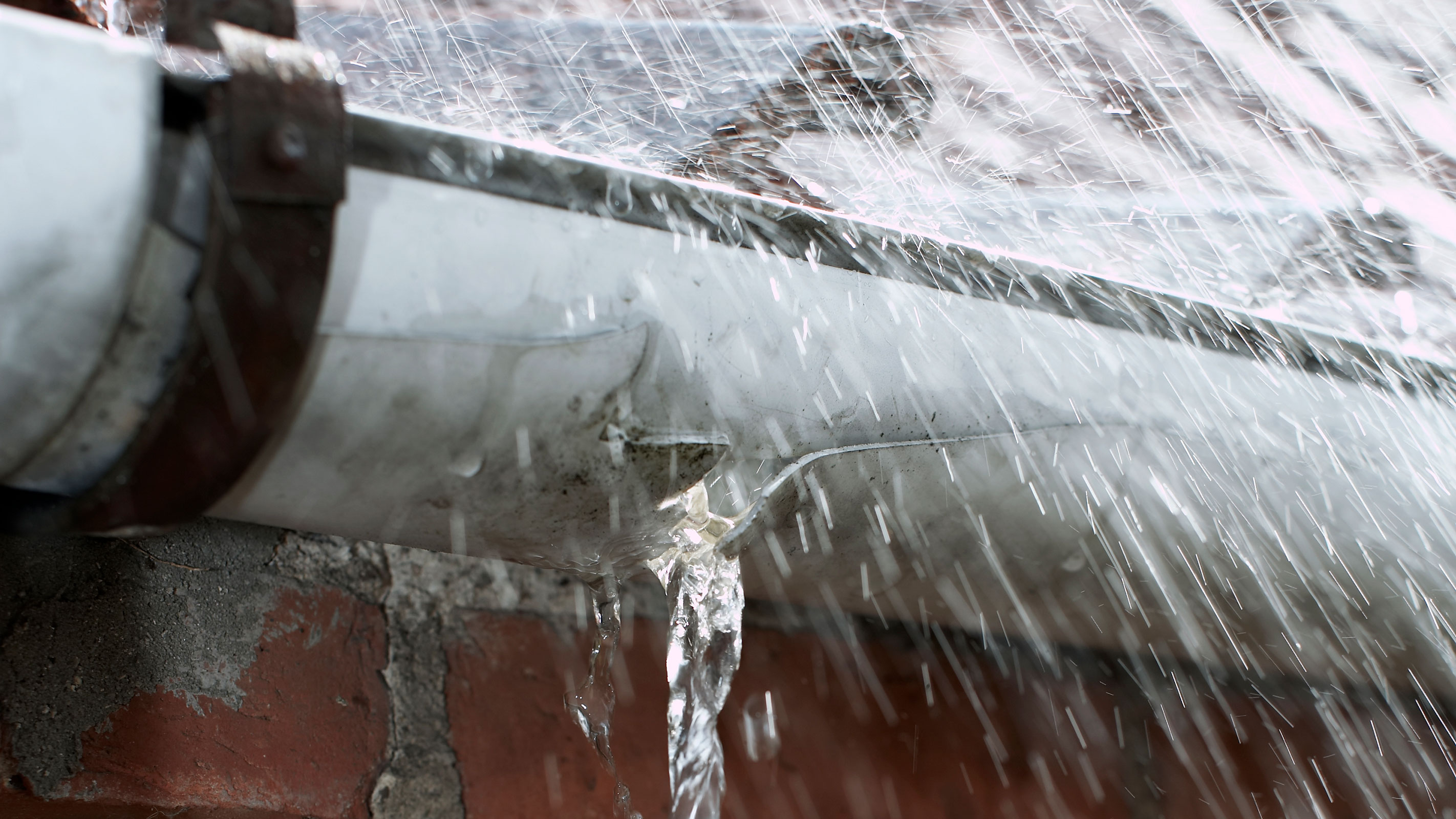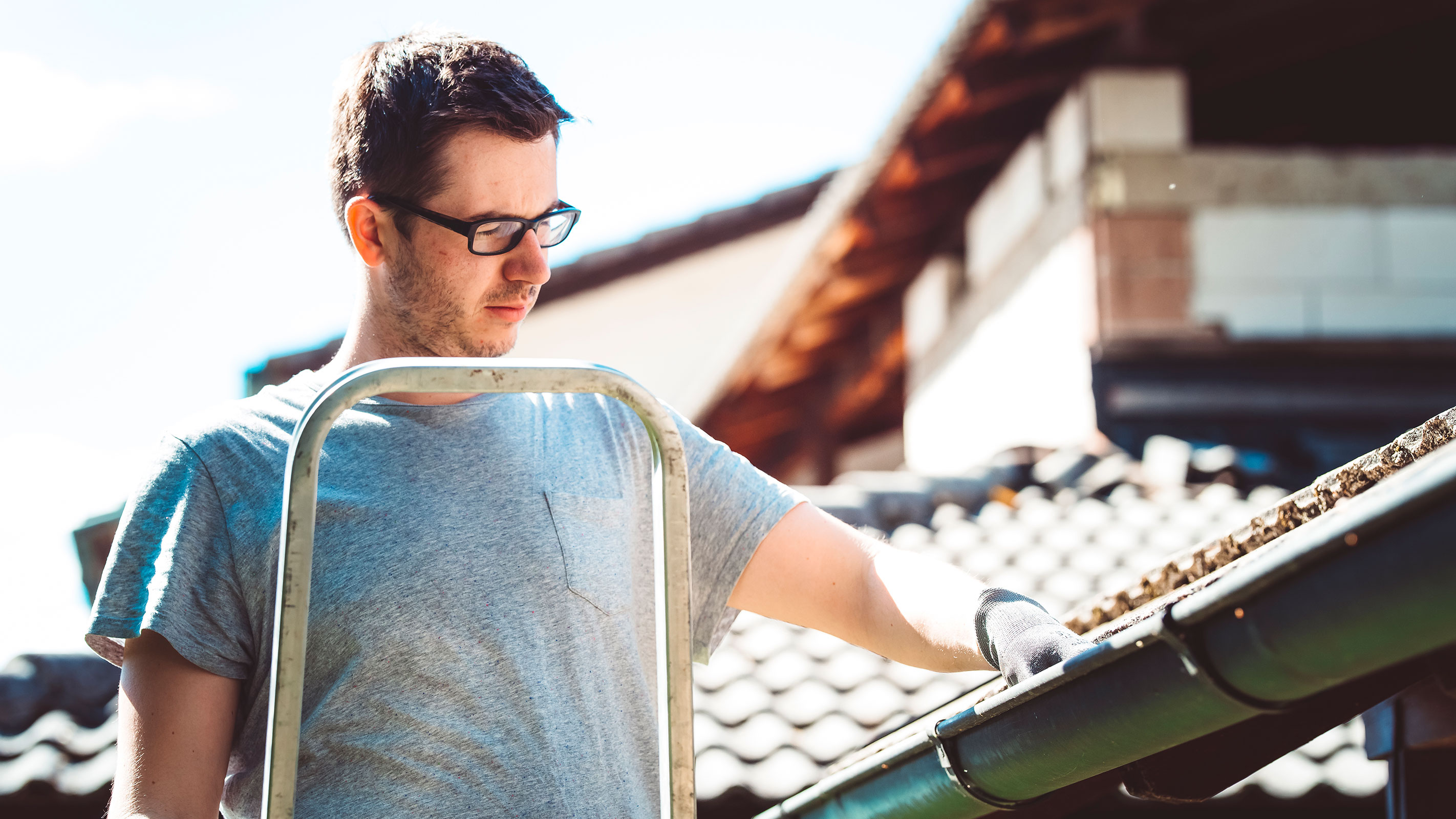How much does gutter replacement cost?
Gutter replacement costs are often an unavoidable outgoing when it comes to good house maintenance and protecting your home from water damage — but there are ways to save, as our guide explains

Wondering how much gutter replacement costs? Our handy price guide is here to help, with expert up-to-date advice on what to expect when carrying out both the replacement and repair of rainwater goods.
Damp is a major cause of concern for homeowners of both older and new properties and defective guttering – and drainage systems in general – can be one of the main culprits of this problem, particularly when it comes to penetrating damp.
For this reason, it is really important to be alert to signs of guttering that needs replacing — don't be tempted to put it off.
In this article, we take a look at how much you can expect to pay to carry out this all-essential home maintenance job.
Factors that affect gutter replacement cost
What you pay for replacement gutters will depend on a number of factors and being aware of what these are is important if you want to avoid running into any nasty surprises.
"The exact price you’ll pay depends on the type of house you live in, its size and ease of access," explains property and construction expert Thomas Goodman from MyJobQuote.co.uk"For instance, gutters run all the way around a detached house, whereas they’re only found on the front and back of a mid-terrace."
The materials you choose for your guttering will also play a large role in what the products cost as well as who carries out the installation.
What is the average cost of gutter replacement?
"The average cost of replacing gutters is about £650," says Thomas Goodman. "Traditional terraces tend to be narrower than detached houses, so even though they both need scaffolding for access, you could be looking at paying around £400 to replace all the gutters on a terrace and upwards of £1,000 for those on a detached house.
"Although a detached bungalow may have the same footprint as a two-storey house, access is much easier. So, the total cost of this work is lower," explains Thomas.
"The best way to get an idea of the costs is to work out the length of your guttering and use an online calculator such as the one on the myjobquote website to produce an estimate. Then, when you call in trades for quotes, you’ll know if they’re reasonable."

Which types of gutter are the most expensive?
The style and material of guttering goes a long way towards what it will cost to buy, but before selecting the cheapest products you can lay your hands on, do bear in mind that your choice of rainwater goods can really affect the kerb appeal of your home.
"Gutters tend to be made of uPVC these days, but if you have a period home you may want to replace them like-for-like with cast iron. In this case, your costs will increase," advises Thomas. "For example, uPVC gutters on a 3m-wide terrace are estimated to cost £324, but cast-iron versions work out at £576."
Do your gutters need replacing?
Of course you don't want to pay out for complete gutter replacement if all that is needed is some simple running repairs.
In some cases, just clearing out and cleaning your gutters will be all that is needed to get them functioning properly.
"If rainwater is leaking over your gutters, it can cause damage to your home. But before you decide to get all your gutters replaced, it’s wise to get them cleared out first to see if that fixes the problem," agrees Thomas. "As gutter cleaning costs can be as little as £40, this may save you hundreds of pounds."
Signs that might indicate your gutters need cleaning include:
- Sagging: If gutters look uneven or as though they are sagging this could indicate extra weight from a blockage.
- Water running down walls: Water streaming down exterior walls when it rains indicates your gutters are not doing their job and are likely to be overflowing.
- Leaking gutter joints: If you notice water dripping from joins where sections of guttering meet it could be a sign they are blocked — or need repairing.
- Damp patches: Areas of damp or mould on walls could well be a sign that water is getting into your house due to blocked or faulty rainwater goods.

Get the Homebuilding & Renovating Newsletter
Bring your dream home to life with expert advice, how to guides and design inspiration. Sign up for our newsletter and get two free tickets to a Homebuilding & Renovating Show near you.
Natasha was Homebuilding & Renovating’s Associate Content Editor and was a member of the Homebuilding team for over two decades. In her role on Homebuilding & Renovating she imparted her knowledge on a wide range of renovation topics, from window condensation to renovating bathrooms, to removing walls and adding an extension. She continues to write for Homebuilding on these topics, and more. An experienced journalist and renovation expert, she also writes for a number of other homes titles, including Homes & Gardens and Ideal Homes. Over the years Natasha has renovated and carried out a side extension to a Victorian terrace. She is currently living in the rural Edwardian cottage she renovated and extended on a largely DIY basis, living on site for the duration of the project.

